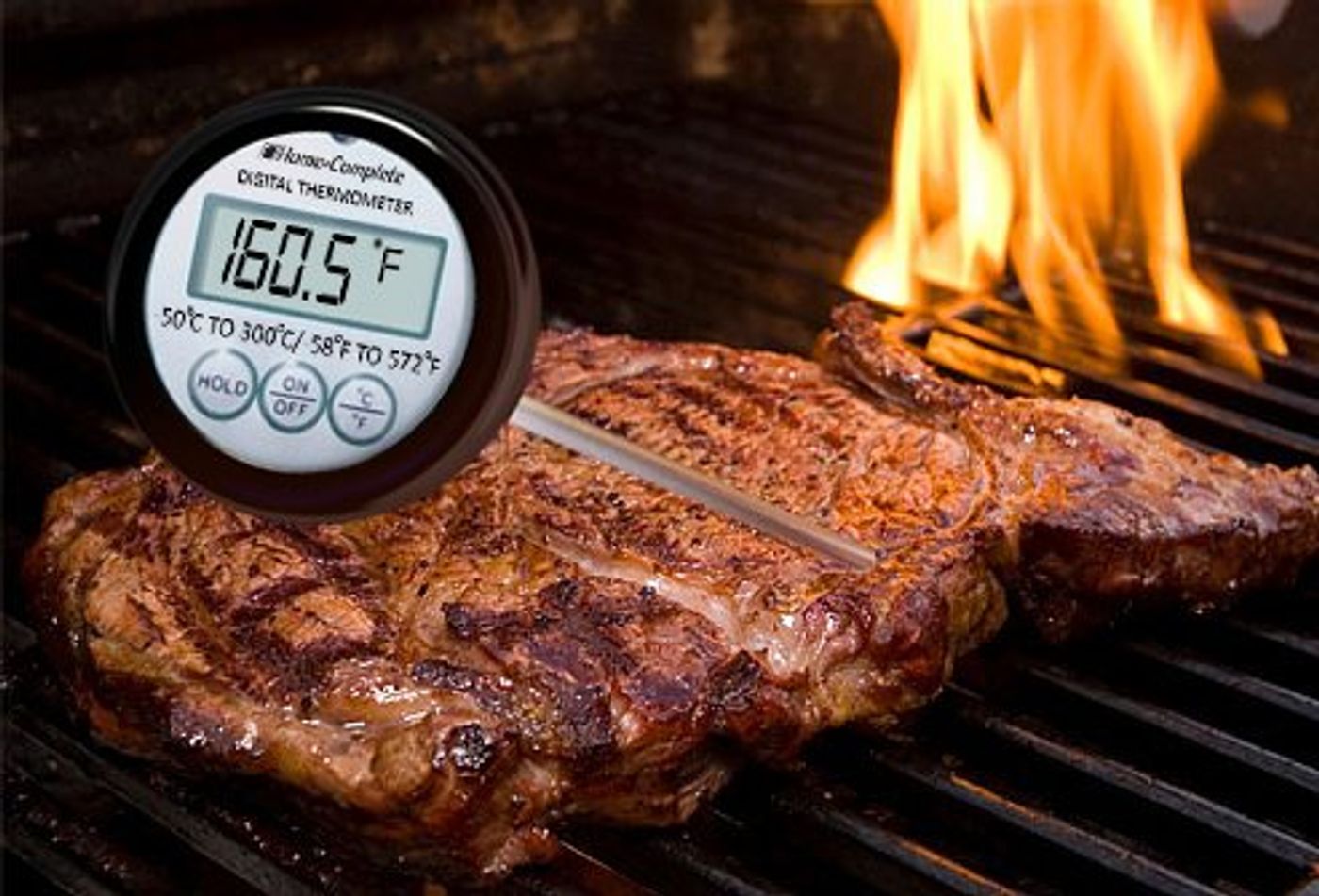Do you trust your cookbook?
We’ve all got to eat. That means we’ve all got to cook. (Well, someone has to cook.)
When I cook, I find myself checking and double-checking the recipe - not just to make sure the food ends up edible, but to make sure the food ends up safe to eat. Turns out, you can’t trust your cookbook. Sorry. A new study from researchers at North Carolina State University concludes that most cookbooks give bad advice on food safety.
The researchers, led by study author Ben Chapman, wanted to know if cookbooks are providing people with reliable information on food safety - how to handle and cook food to reduce the risk of catching a food-borne illness. For example, Campylobacter jejuni is associated with undercooked meat, poultry, and shellfish. Salmonella hangs out on undercooked eggs and poultry, and Shigella (one of my favorites) loves processed foods like hot dogs (because who doesn’t?).
The group scoured through nearly 1,500 recipes in 29 cookbooks, all of which were on the New York Times best sellers list. They were interested in 3 things when it came to handling raw ingredients. First, did the recipe tell the reader to cook the dish to a specific internal temperature? Second, were the recommended cooking temperatures proven to be safe and effective? And third, did the recipes promote food-safety myths?
Only 8% of the recipes even instructed the reader to cook the dish to a specific temperature, and 28% of recipes actually gave readers information that was not safe. According to Chapman, “put another way, only 89 out of 1,497 recipes gave readers reliable information that they could use to reduce their risk of foodborne illness." Yikes!
The researchers were also surprised to find that 99.7% of the recipes gave the readers what they called “subjective indicators” of when a dish was done. That’s the old “cook it until it’s done” instruction that my grandparents give me. (Not helpful, grandma.) What’s more, almost half of the recipes relied on cooking time to tell the reader when the dish was done. According to lead author Katrina Levine, “cooking time is particularly unreliable, because so many factors can affect how long it takes to cook something: the size of the dish being cooked, how cold it was before going into the oven, differences in cooking equipment, and so on."
So, what are safe cooking temperatures? Here’s a friendly neighborhood PSA, at no charge to you.
If nothing else, remember these 3 important temperatures (or remember where to look them up). Eggs and any ground meat should be cooked to 160oF; poultry and fowl should be cooked to 165oF; and fresh steaks, chops, and roasts should be cooked to at least 145oF.
Another important point is that you can’t always tell if meat is safely cooked just by looking at it - that’s why measuring the internal temperature with a thermometer is so important (it also takes the guesswork out of cooking).
What surprises me the most is that a very similar study was done some 25 years ago, and the results were the same! Those old recipes didn’t offer reliable information on food safety, and we’ve made virtually no progress in doing so today. For some reason, I feel a little better about my cooking skills knowing that recipes were just as nebulous a quarter century ago.
Sources: Minnesota Department of Health, USDA, Science Daily, British Food Journal









